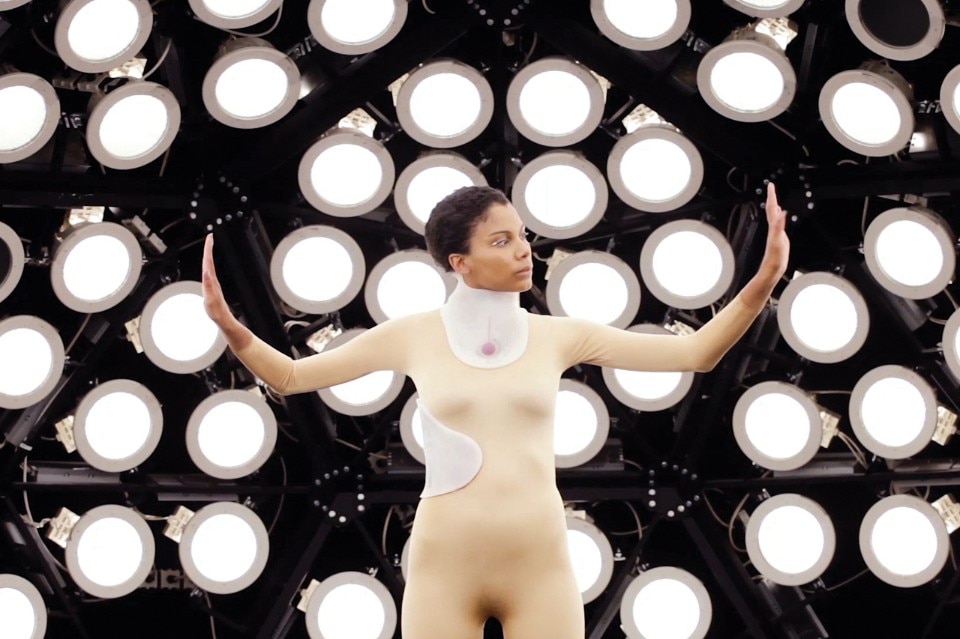– By combining soft robotic prosthesis with 3D vision systems, space can be perceived through wearable robotics, with many possible applications that include assisting the blind. Check Interactive Architecture Lab’s latest project on how may our bodies change in the future.
– At the Dutch Design Week, 13 designers positively forecast scenarios where humans switch from consumers to harvesters, in a world ruled by self-sufficiency.
– Cubetto, the Montessori toy that teaches the basics of computer programming and STEM to preliterate children, has been launched via a worldwide Kickstarter campaign.
– To promote people eating insects – as a meal for a large-scale food crisis – Wataru Kobayashi designed BugBug, a picnic set including cutlery, plates and a leather case.
– The first collection of products in “Merdacotta”, a sort of terracotta produced from dung and clay fired at high temperatures, arrives in Milan from Castelbosco.
– Carlo Ratti Associati, with the support of Swiss furniture manufacturer Vitra, has developed Lift-Bit, the world’s first Internet-of-Things sofa.
– Can a 3D printing robot create complex curvilinear structures? Team CurVoxels from The Bartlett School of Architecture found a way, starting from a Bauhaus’ chair.
– Israeli start-up Phresh completed its Food Protectors, high-end organic technology to increase the shelf-life of fruits and vegetables by three times.
– Benjamin Hubert of experience design agency Layer has designed the world’s first 3D-printed consumer wheelchair, created in collaboration with Materialise.
– The overlapping surfaces of the clutch designed by Fioravanti for Maison 203 become leaves of an hypnotic pattern, which draws circles and hexagonal fronds.
– After years of design and initiatives, the project that will reverse our way of conceiving today’s burial techniques, transforming cemeteries into forests, has finally been launched.
– If you ever whished to own a canoe even if you have little space, Otto Van De Steene and Thomas Weyn just created a foldable one, ready to use in ten minutes.
– Using textile and robots, traditional concrete casting is now facing a tourning point thanks to Joseph Sarafian and Ron Culver’s design process, first developed at the UCLA, in LA.
– Applying 3D printing to the problem of ceramic and glass compatibility, a group of designers created an iterative process that allows rapid testing of materials and form.
– Some thoughts on the app that has outshone Twitter and WhatsApp in just ten days and, by creating a parallel geography of urban space, prompts users to view reality through different eye.
Top: Sarotis Project, Interactive Architecture Lab, Bartlett School of Architecture, London, 2016


